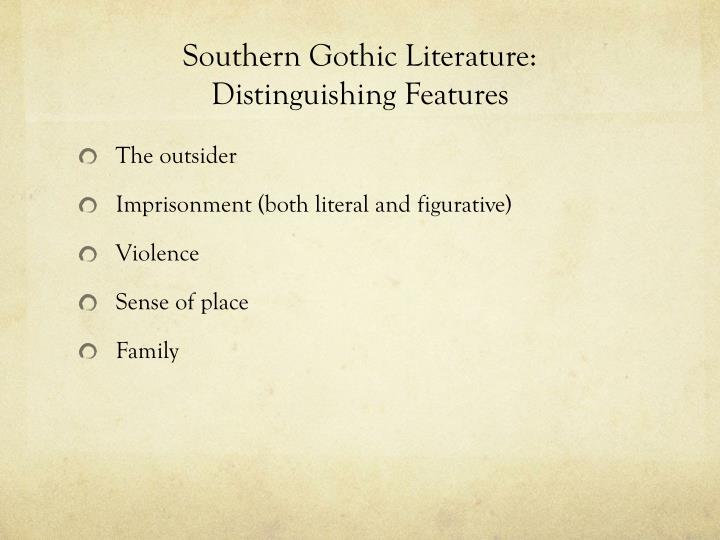

Scarier than any ghost could be are the conditions of a society that would drive a mother to kill her own child. These elements of the supernatural are central to the story, but they are not the true source of its horror. Years later, the child reappears-first in the form of a ghostly presence that throws objects around the room, and then in the form of a mysterious young woman who calls herself Beloved.

Like a classic Gothic protagonist, Sethe is haunted by a past wrongdoing-she murdered her infant child rather than allow her to be recaptured and return to the life of a slave. Like Incidents in the Life of a Slave Girl, Beloved uses elements of the Gothic genre to represent the horrors of slavery. In Beloved, Morrison tells the story of a fugitive slave who is haunted by the child she killed. But her most popular-and her most Gothic- is her fifth novel, Beloved.

She’s written almost a dozen novels, including The Bluest Eye and Sula.

Toni Morrison is one of the most celebrated black writers in American history. You’ve probably read a few of her books in school. Jacobs uses the same model to show that black women have this female purity as well, and that it is under threat from their white masters. In these novels, a young and innocent woman is pursued by a villainous man who seeks to possess and corrupt her. From its inception, Gothic novels such as Walpole’s The Castle of Otranto or Lewis’s The Monk have elicited horror by depicting female purity under threat of sexual violence. In Incidents in the Life of a Slave Girl, Jacobs uses her personal history to examine the topic of sexual abuse (rampant within the institution of slavery) through a Gothic lens. Usually autobiographical in nature, the slave narrative depicts in graphic detail the cruelties of slavery and seeks to make white readers sympathize with the black subject’s suffering. These narratives were used to fuel the abolitionist movement, and were also one of the few venues through which black writers could achieve large-scale literary success. In early American history, some of the first prominent literary works by black authors were these personal accounts of slavery written by freed or fugitive slaves-the most famous example being Narrative of the Life of Frederick Douglass, an American Slave (1845). While living and working in New York, she began writing her book Incidents in the Life of a Slave Girl, which combines elements of the Gothic with another popular genre, the slave narrative. After enduring the sexual advances of her master, she escaped and hid in an attic crawl space for seven years before finally making it to the North and to freedom. Harriet Ann Jacobs was born into slavery in North Carolina. Read on for a list of prominent black authors who have incorporated the Gothic into their works. It is no surprise, then, that the black literary community has embraced the Gothic as well, though usually in forms less immediately recognizable than your typical tales of women in nightgowns fleeing from monsters in a castle. Its elements have been co-opted by American writers of urban horror, such as Edgar Allan Poe, and transformed into the unique subgenre of Southern Gothic by the country’s more rural authors. But like any good genre, the Gothic is adaptive. The Gothic is generally regarded as a Eurocentric genre, created by upper class Englishmen in their extravagant estates and adopted by those who wished to imitate them. In this vein, I wanted to highlight some of the black writers-particularly female writers-who have made significant contributions to the Gothic genre. by celebrating the lives and achievements of African-Americans throughout the country’s history. Paula Cappa on Folk Horror in Literatureįebruary is Black History Month, which we observe in the U.S.TheGothicLibrarian on Folk Horror in Literature.victoriagrimalkin on Folk Horror in Literature.Review of FINNA and DEFEKT-Retail Terror.The Quiet Stillness of Empty Houses Review.


 0 kommentar(er)
0 kommentar(er)
